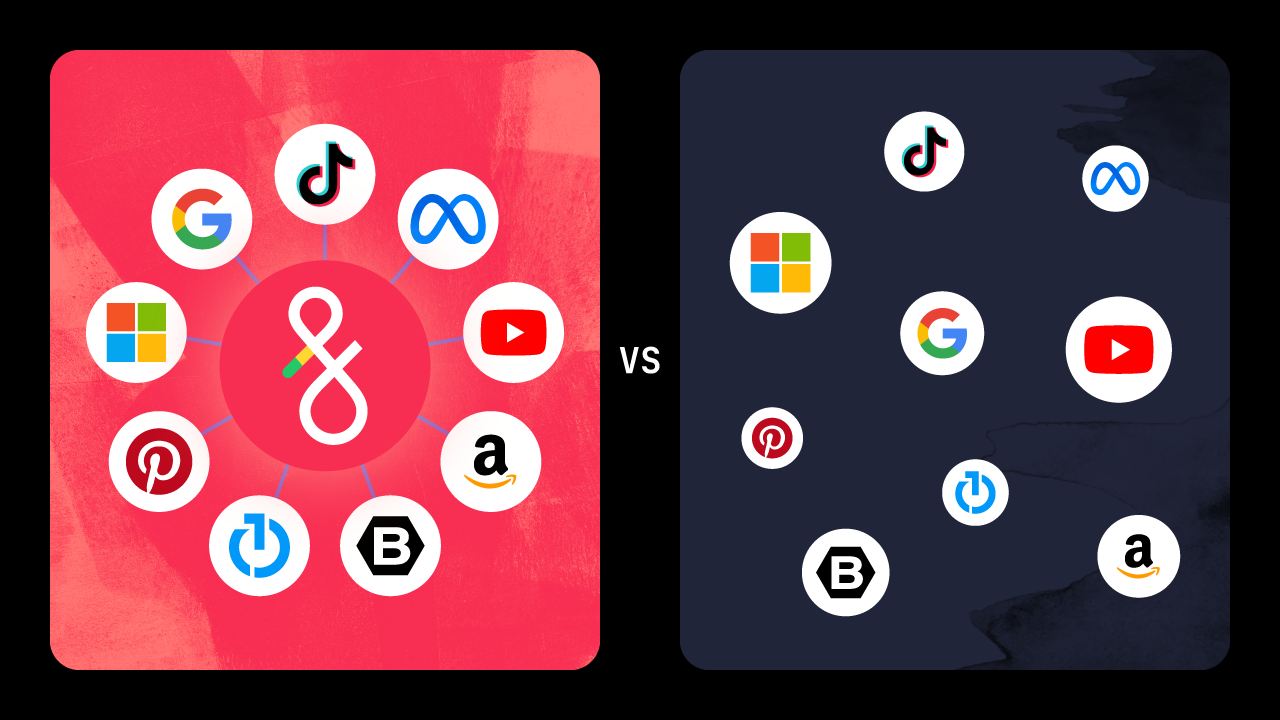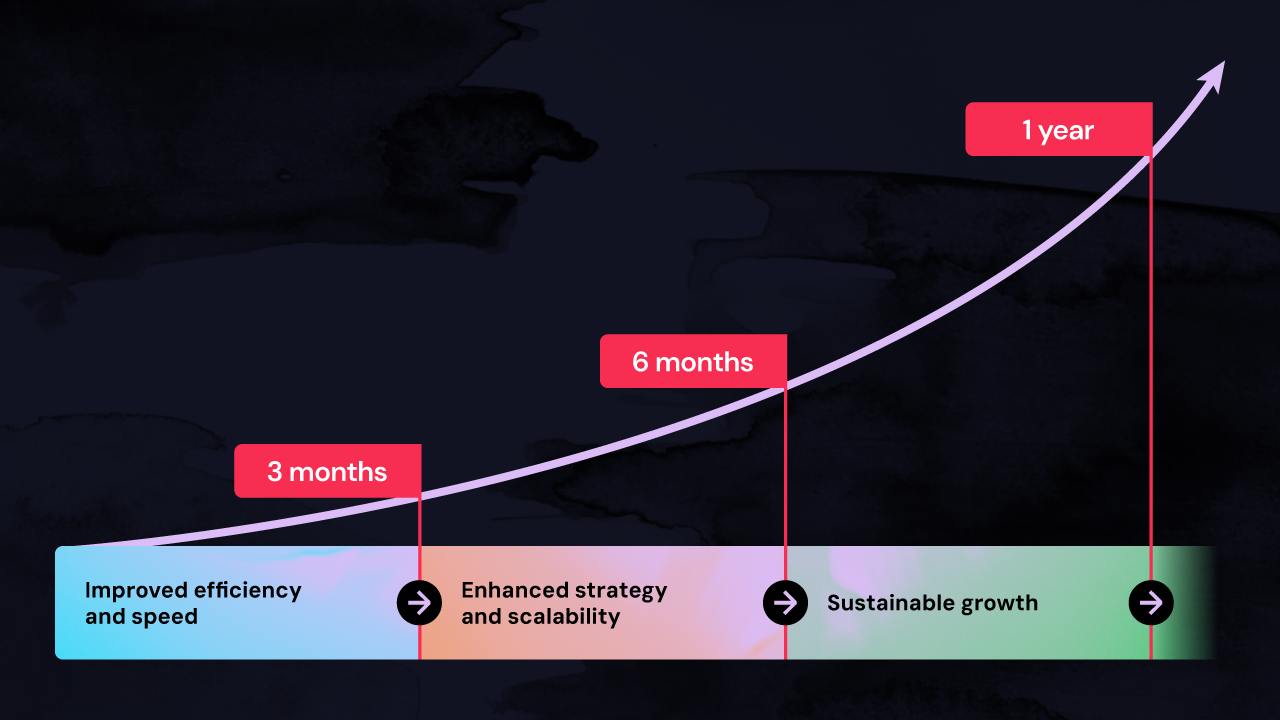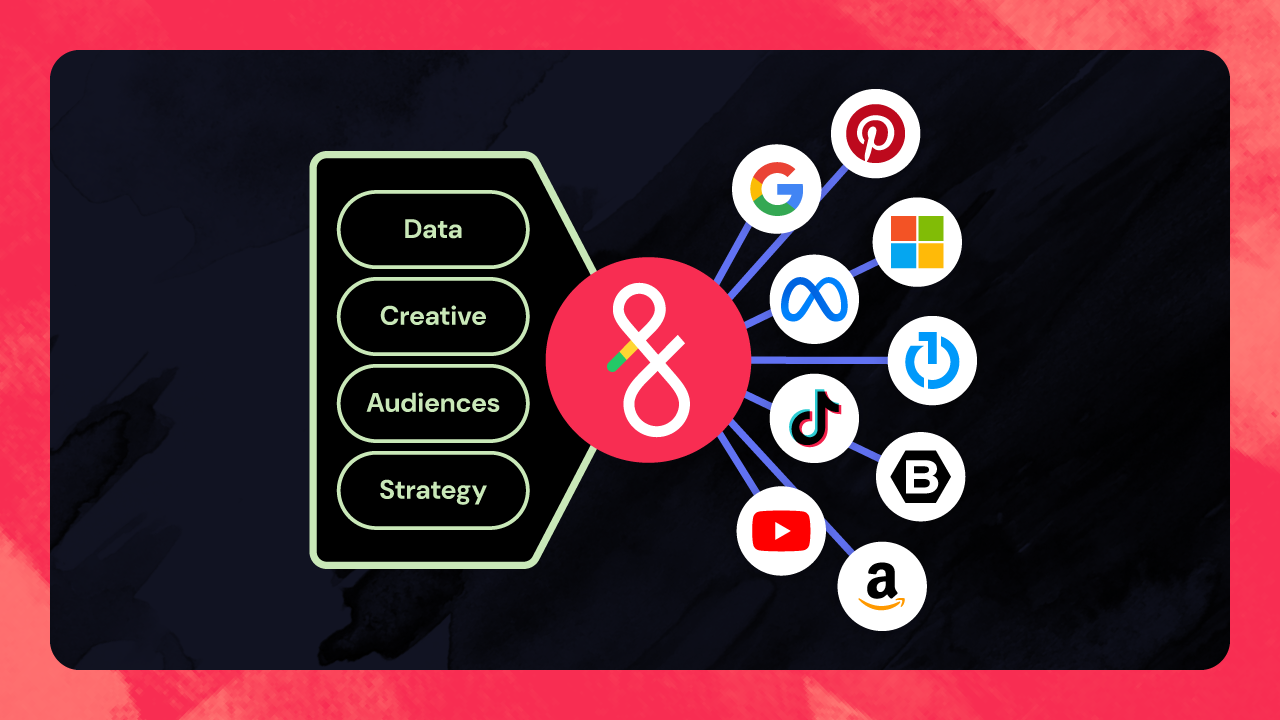The digital marketing world, especially Pay-Per-Click (PPC) advertising, is rapidly evolving. For businesses managing large-scale PPC campaigns, particularly for multi-location clients, the challenges are unique as there’s increased ramifications of errors and budget issues. These businesses are often on the lookout for strategies and tools that can simplify and streamline their Enterprise PPC management processes, enabling them to focus more on strategic growth and less on manual, time-consuming tasks.
Here at Fluency, we compare building a successful enterprise-level PPC strategy to building a house—we start with the foundation and end with the fixtures, with consultation and customization throughout beginning to end. In this article, I’ll walk you through a four step framework for enterprise PPC success, including:
- Strategy and planning
- Campaign setup and execution
- Data analysis and optimization
- Meeting customization challenges
1) Strategy and Planning: The Core of Enterprise PPC Management
The first thing you do when building a house is develop the blueprint—knowing everything you are looking for out of the house is key to designing the right one. Effective enterprise PPC management starts with figuring out what your ideal end result is. This involves understanding who your client is, setting clear goals, understanding the target audience, and choosing the right platforms.
A critical component of the process is a data-oriented framework; it is essential for businesses to formulate their strategies on the foundation of reliable, dynamic data. Doing so not only ensures a unique strategy for each account, but also helps in achieving ROI and meeting other significant performance indicators that are vital for their clients.
Examples of dependable data include fundamental account details (such as phone numbers, addresses), updated information regarding the brands your client sells to or services, current promotional offers, or even a comprehensive yearly calendar of offers. The more organized and accurate the data, the more effective the strategy is likely to be.
2) Campaign Setup and Execution: Efficiency and Precision
The setup and execution of campaign strategy are both critical stages that require the need for a strong foundation; much like a house. There are 3 important items to building this foundation.
- This foundation is started by selecting an appropriate media mix across platforms.
- The second piece is the budget strategy and individual account structure. A strategy that is built in a way that allows unique customizations at massive scale is where you will find the most efficiencies. Automation tools can be particularly helpful here, reducing the time spent on repetitive tasks and allowing teams to focus on creative and strategic elements that can drive better campaign performance.
- Having clean data for each of the accounts you plan to execute this strategy on is the last piece. When clean data is fed into your strategy, the output is a campaign structure customized to the individual value props and offers for each advertising location or client. Data allows you to individualize each and every aspect of the strategy you launched across all of your accounts. This is a true game-changer for an enterprise organization. Data is the powerful key to unlocking massive scale.
3) Data Analysis and Optimization: Making Informed Decisions
In building our house, we’ve discussed blueprints and foundation work. The next item on the list is the framing. Strong framing is important as it ensures you have the necessary support where you need it while also planning for future flexibility or modifications.
Advanced analytics tools are the framing to an advertising strategy—it’s good to know what levers you can pull and what the impact will be down the road. Organizations can track performance, identify areas for improvement, and make adjustments to enhance ROI and other KPIs. Monthly or even more frequent reporting can help keep all stakeholders informed and ensure that campaigns are constantly moving towards their defined goals.
4) Meeting Customization Challenges: Flexibility in Campaign Management
The last piece of building the house is all the finishing work. This is where you get to make it your own and choose what the end result will look like. Each house looks different and adopts a style unique to its owners.
A significant challenge in enterprise PPC is providing customized solutions that avoid a one-size-fits-all approach. This requires a flexible strategy that can adapt to different client needs while maintaining the core objectives of the campaigns. Incorporating a structure that allows for data-driven customization can help in creating campaigns that resonate more effectively with diverse target audiences. All of this information is unique for each of your clients.
Looking to Take Your Enterprise PPC Management to the Next Level?
Enterprises looking to succeed in PPC management must focus on strategic planning, efficient campaign execution, rigorous data analysis, and flexibility to meet customization demands. While tools and technologies can aid in these areas, the emphasis should be on using these resources to enhance strategic decision-making and creative campaign development. A successful enterprise PPC strategy ensures that your house is built strong and to last.
Are you ready to take your enterprise PPC management to the next level? Discover how Fluency can transform your approach to PPC advertising and get in touch with us today.






